Tired of a Hot House? Here’s How Pros Actually Keep It Cool.
I’ve spent a lot of my career crawling around in hot attics and poking my head into stuffy crawlspaces. My whole focus has been on how houses work—how they breathe, hold heat, and keep the people inside comfortable. In the winter, it’s all about plugging leaks to stay warm. But summer? Summer is a whole different beast. The battle is against heat gain, and honestly, it requires a smarter approach.
In this article
- First, Let’s Get Nerdy: How Heat Sneaks In
- Okay, Where Do I Start? The Biggest Bang for Your Buck
- Your First Line of Defense: The Building Envelope
- Your Cooling System: Give Your AC Some Help
- Working with Your Climate, Not Against It
- Quick Wins: 3 Things to Do This Weekend for Under $50
- A Final Thought: It’s All a System
You’ve probably seen the usual tips: close your blinds, run a fan. And sure, those help a little. But they’re like putting a bandage on a broken leg. A truly cool and comfortable home is a system. It’s a smart balance between the house itself, the equipment you use, and how you live in it. Forget the quick fixes for a minute. I want to walk you through the professional approach that makes a real, lasting difference.
First, Let’s Get Nerdy: How Heat Sneaks In
Before you can fight the enemy, you have to know how it moves. In the world of home performance, we’re always talking about three ways heat gets around. Understanding this is the difference between guessing and actually fixing the problem.
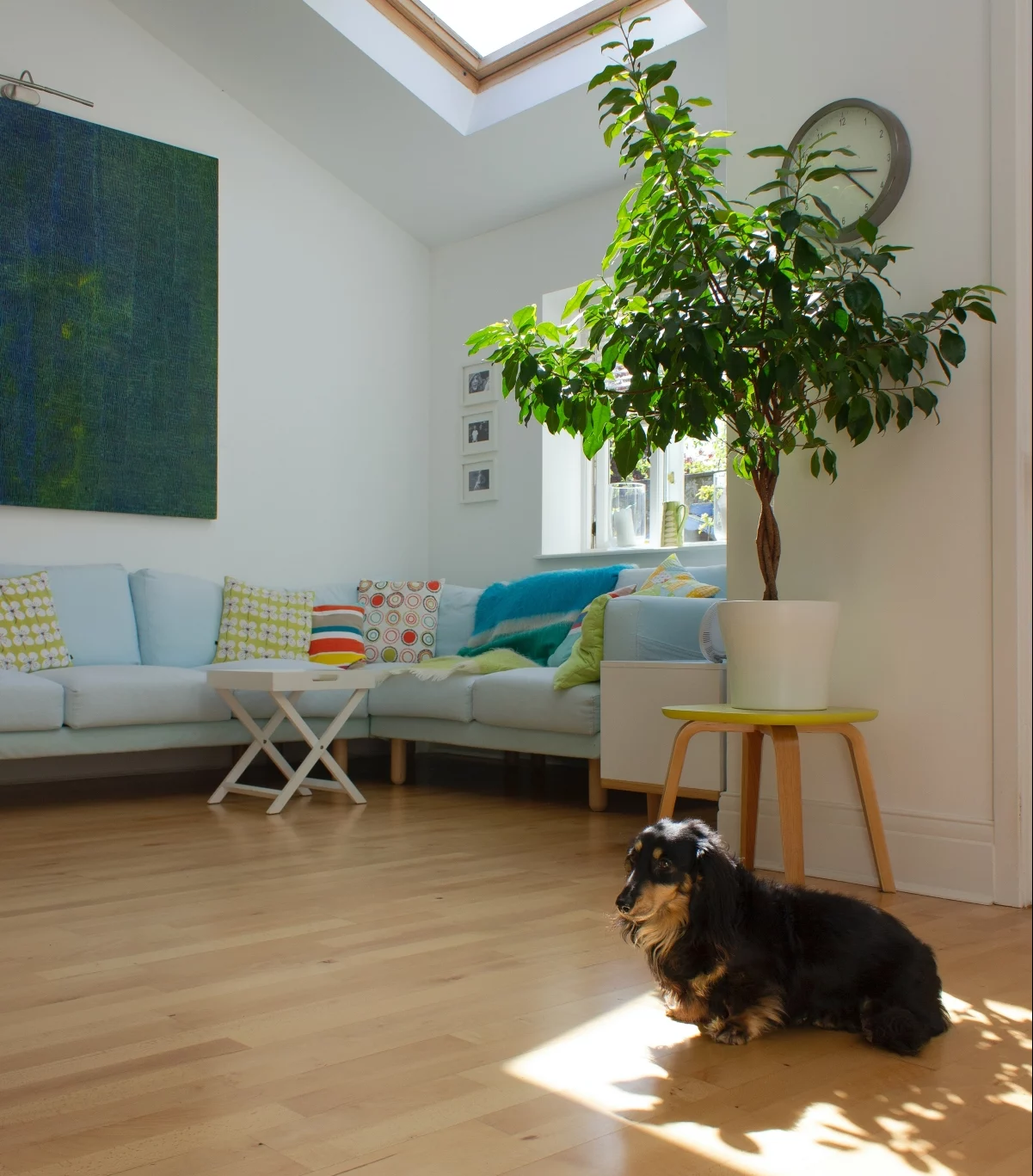
- Conduction: This is heat moving through solid stuff. Ever grab a hot pan handle? That’s conduction. In your house, the sun bakes your siding and roof, and that heat slowly travels right through the wood and drywall into your living room. The worse your insulation, the faster this happens, and the harder your AC has to work.
- Convection: This is heat that travels through the air. You know how hot air rises? That’s convection in action. Hot outdoor air sneaks in through tiny cracks and gaps around windows and doors. Inside, air warmed by a sunny window rises, creating those awful hot spots near the ceiling and making your home feel unevenly cooled.
- Radiation: This is the big one. Radiation is heat traveling in waves, like the heat you feel from the sun on your skin. This is, by far, the biggest source of heat gain for most homes. Sunlight streams through your windows and heats up everything it touches—floors, furniture, you name it. A single, sunny west-facing window can pump out more heat than a small space heater. So, stopping this radiation is our most powerful weapon.
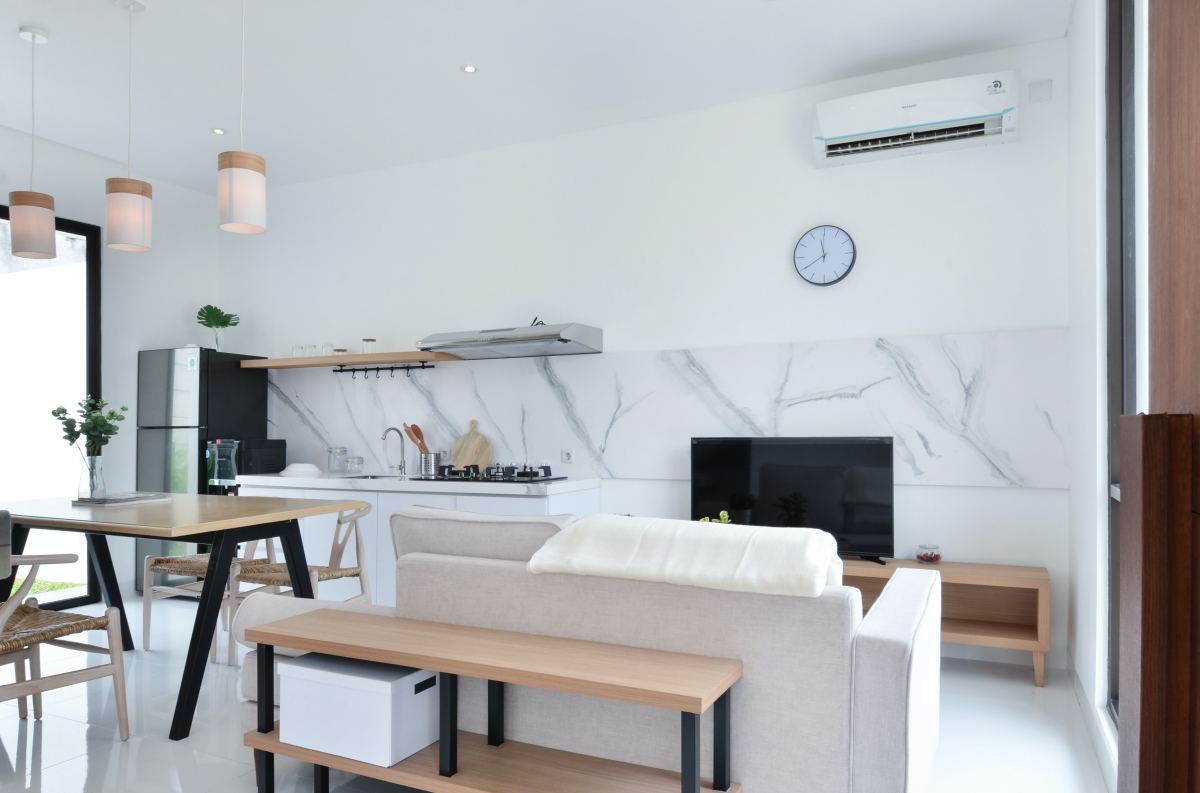
Okay, Where Do I Start? The Biggest Bang for Your Buck
Feeling overwhelmed? Don’t be. You don’t have to do everything at once. If you’re looking for the most impactful changes, here’s the priority list I give to most homeowners.
Focus on these three areas, and you’ll solve 80% of the problem:
- Control the Sun on Your Windows. This is your number one priority. Stopping solar radiation before it gets through the glass is the single most effective thing you can do.
- Insulate and Air Seal Your Attic. Your attic is a giant oven sitting on top of your house. Taming it is critical.
- Basic AC Maintenance. Make sure your most expensive appliance isn’t fighting with one hand tied behind its back.
Now, let’s break down how to tackle each one.
Your First Line of Defense: The Building Envelope
Your home’s shell—its roof, walls, windows, and foundation—is what we call the building envelope. Think of it as a big cooler. A well-sealed and insulated cooler keeps things cold for a long time. Trying to air condition a leaky, poorly insulated house is like trying to cool down a tent in the desert. You’re just wasting money.
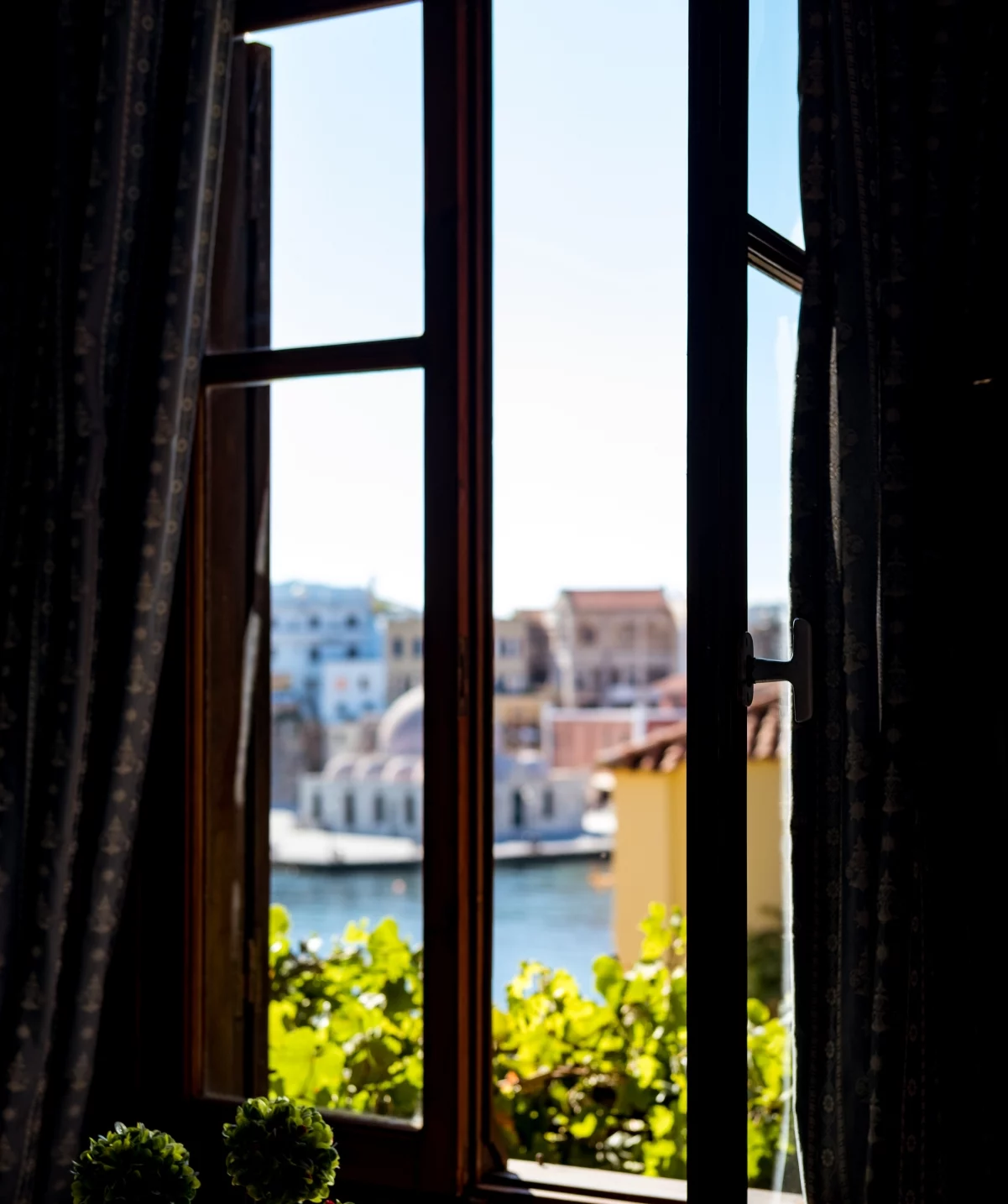
Windows & Doors: The Superhighways for Heat
Windows are basically giant, glorious holes in your home’s insulation. So managing them is mission-critical.
Stopping Heat from the Inside (Interior Treatments)
These are your last line of defense, but they still make a difference. A common mistake is just picking a dark curtain. The color facing outside is what really matters. A dark color absorbs heat and radiates it into the room, while a light color reflects it back out.
- Blackout Curtains: They’re not just for sleeping in! Look for ones with a white or reflective thermal backing. From my experience, a good set can cut heat gain through a window by over 30%. Expect to pay between $30 and $80 per panel, depending on the quality.
- Cellular Shades: Also known as honeycomb shades, these are one of the best interior options. They have little pockets that trap air, creating a surprisingly effective insulation barrier. Double-cell shades are even better than single-cell ones. They can run from $50 to $150+ per window, but they work wonders.
- Reflective Window Film: This is a thin film you apply directly to the glass. A DIY kit from a place like Home Depot will run you about $25 to $50 and can be a great weekend project for a window that gets blasted by the sun. Professional installation gives better results but can cost $150 to $400 per window. Heads up! Applying a film can sometimes void your window warranty. Before you buy, hunt for a sticker on the inside of the window frame or check your home’s closing documents to find the manufacturer and ask them first.
Stopping Heat from the Outside (Way More Effective!)
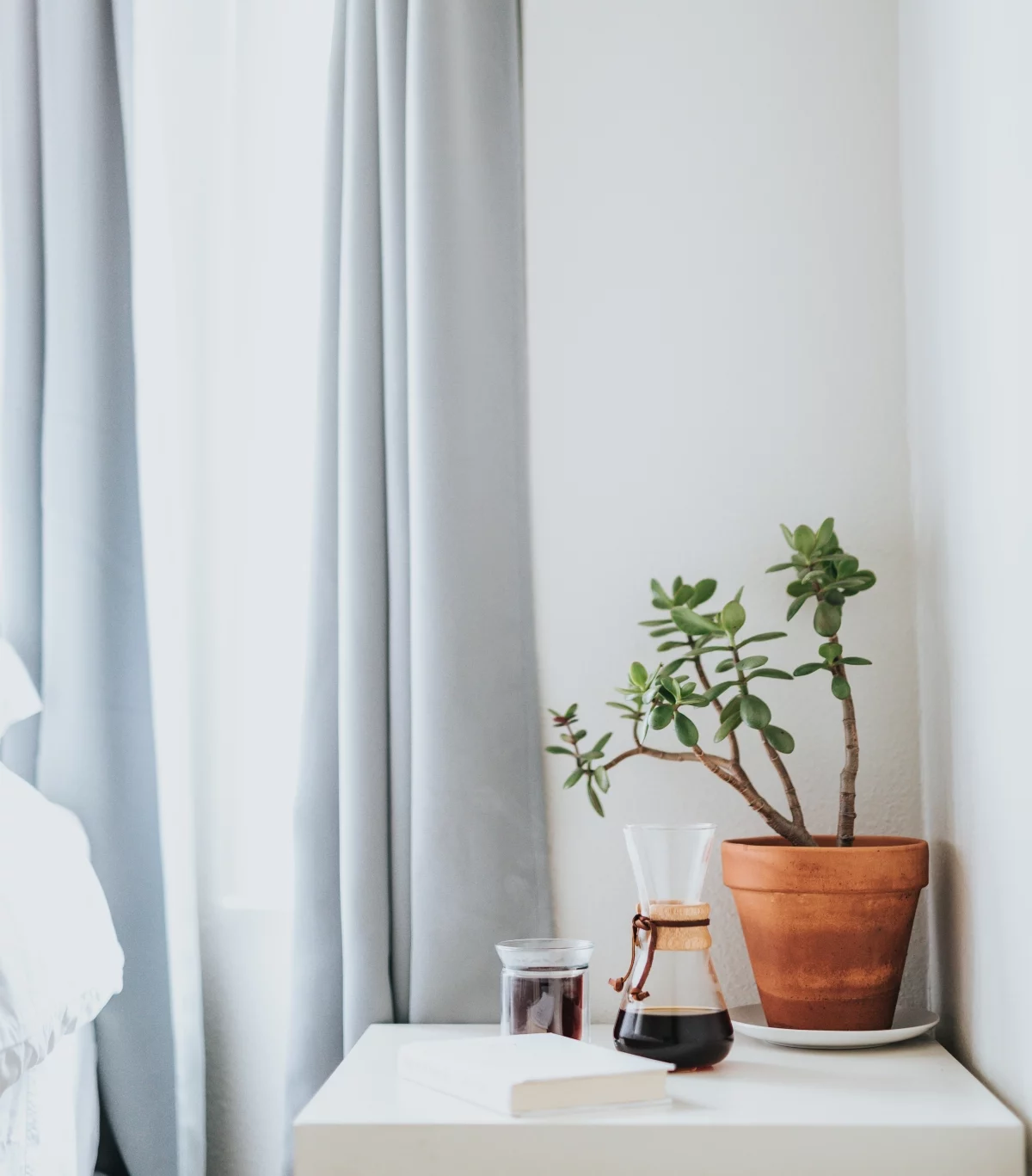
Honestly, blocking the sun before it even hits the glass is the real pro move. An exterior shade can block up to 90% of solar heat. A few great options are awnings, exterior solar screens (like sunglasses for your house), and traditional shutters that you can close during the hottest part of the day.
Insulation: Taming the Attic Oven
Insulation’s job is to slow down that conductive heat we talked about. Its power is measured in R-value—the higher the R-value, the better it resists heat. And the most important place to have it is your attic.
On a 90°F day, your roof can easily hit 160°F. Without enough insulation, that heat pours right down into your living space. For most parts of the country, you should be aiming for an R-value of R-38 to R-60 in your attic. That translates to about 12 to 20 inches of insulation.
Not sure what your local recommendation is? It’s easy to find. Just search for the “ENERGY STAR Insulation Climate Zone Map” online, and it’ll tell you exactly what R-value to aim for.
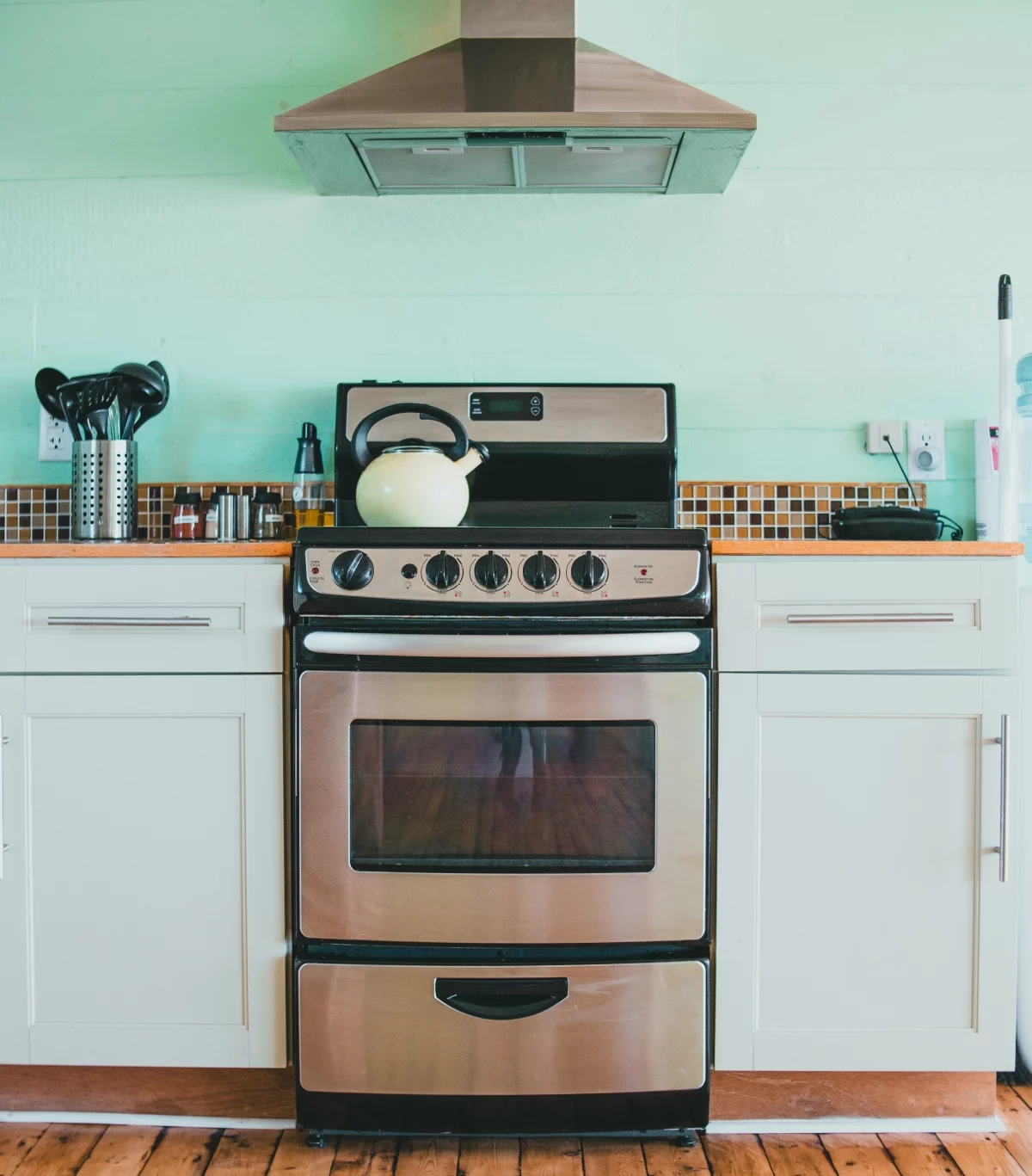
- Blown-In Cellulose or Fiberglass: This is usually the best option for an existing attic. A crew uses a big hose to blow the fluffy material everywhere, creating a seamless blanket that fills every nook and cranny. For a pro install, expect to pay around $1.50 to $3.50 per square foot.
- Spray Foam: This is the premium, high-performance choice. It’s applied to the underside of the roof deck, sealing the attic completely. It’s incredibly effective but also the most expensive, often running $5.00 to $8.00+ per square foot. This is NOT a DIY job and requires a pro who understands the ventilation changes it requires.
Quick Safety Warning: Before you dive into an insulation project, especially in an older home, be mindful of potential asbestos. If you have any doubt, get it tested by a pro. And when you’re working in an attic, always wear a good N95 mask, gloves, and safety glasses. That dust is no joke.

Your Cooling System: Give Your AC Some Help
Your air conditioner is doing the heavy lifting, so let’s make its job easier. Regular maintenance isn’t optional—it’s essential.
AC Maintenance You Can (and Should) Do
Here are a few simple tasks that save you money and prevent service calls.
- Change the Filter. Seriously. This is the #1 most important thing. A clogged filter chokes your system, making it work harder and less efficiently. I’ve lost count of how many summer calls for a “broken” AC were just a filter caked with a solid mat of dust. Check it monthly. A cheap fiberglass filter might be $5, while a high-end pleated one could be $20. A small price to pay.
- Clean the Outdoor Unit. The big metal box outside gets covered in dirt, grass clippings, and fuzzy stuff from trees. These fins need to be clean to release heat. Here’s how to clean it in 15 minutes: 1. Turn off the power at the breaker box AND the disconnect switch next to the unit. Safety first! 2. Use a regular garden hose (gentle spray, not a pressure washer) to rinse the fins from the inside out. 3. Be careful not to bend the delicate aluminum fins.
- Clear the Condensate Line. Your indoor unit pulls a lot of water out of the air, and it drains through a little PVC pipe. This line can get clogged with gunk, causing water to back up and potentially flood. A quick tip: you can often clear it by hooking a wet/dry vac up to the end of the pipe outside and sucking the clog out.

When to Call a Professional
Some jobs require special tools and training. Trying to DIY these can lead to expensive damage or, worse, serious injury.
- Refrigerant Issues: If your system is low on refrigerant, it has a leak. Period. Only an EPA-certified technician can legally handle refrigerant.
- Electrical Problems: Your AC has capacitors that hold a powerful electrical charge even when the power is off. Messing with these can be fatal. Leave it to the pros.
- Annual Tune-Up: This is a great investment. For about $80 to $200, a technician will clean, test, and tune your system to make sure it’s ready for the summer heat. This can catch small problems before they become big, expensive emergencies.
Working with Your Climate, Not Against It
The best strategy depends on where you live. What works in a dry desert is a disaster in a humid swamp.
In dry climates like Arizona, shade is king, and evaporative coolers (swamp coolers) are incredibly efficient. They use a fraction of the energy of an AC by cooling air with water evaporation.
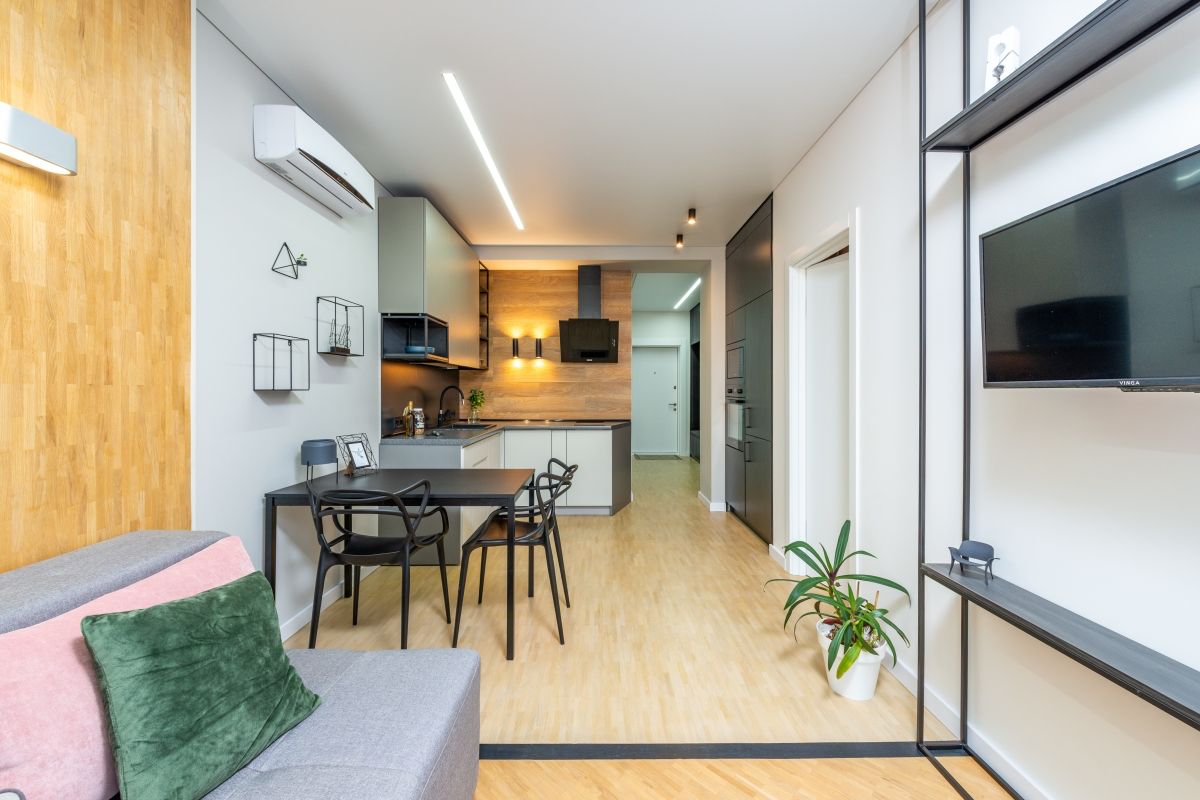
In humid climates like Florida, removing moisture is just as crucial as lowering the temperature. Here, a properly sized AC is everything. An oversized unit cools the air too fast and shuts off before it can pull the humidity out, leaving you with that cold, clammy feeling. A good contractor will perform what’s called a “Manual J” load calculation. It’s a fancy term for a detailed analysis of your home’s unique features—size, windows, insulation, even which way it faces—to determine the exact AC size you need. Don’t ever let a contractor just guess based on square footage alone!
Quick Wins: 3 Things to Do This Weekend for Under $50
Want to feel like you accomplished something right now? Here are three easy, low-cost projects you can knock out this weekend.
- Clean your outdoor AC unit. As we covered above, it just takes a hose and 15 minutes. (Cost: $0)
- Tackle a leaky door. Feel a draft? Go to the hardware store and buy a roll of foam weatherstripping to seal it up. (Cost: ~$15)
- Buy a DIY reflective film kit. Pick that one window—you know, the one in the living room that gets absolutely baked by the afternoon sun—and apply a film. (Cost: ~$25)
A Final Thought: It’s All a System
Look, keeping your home cool isn’t about one magic bullet. It’s about thinking of your house as a complete system. Start by controlling the sun. Then, make sure your attic isn’t working against you. Finally, give your AC the basic maintenance it needs to do its job well.
Take some time to observe your own home. Where does the sun hit the hardest? Which rooms feel stuffy? By understanding these principles, you can make smart, informed decisions and create a home that’s not just cooler, but genuinely comfortable and efficient for years to come.










